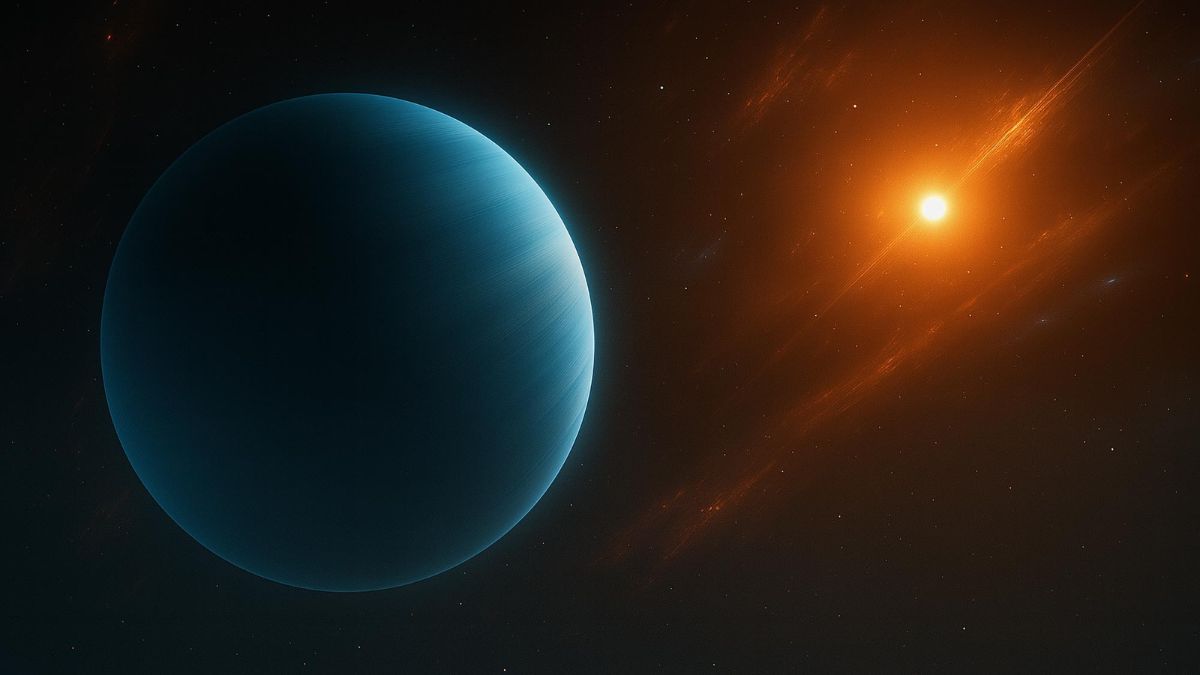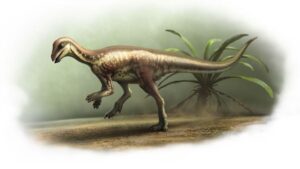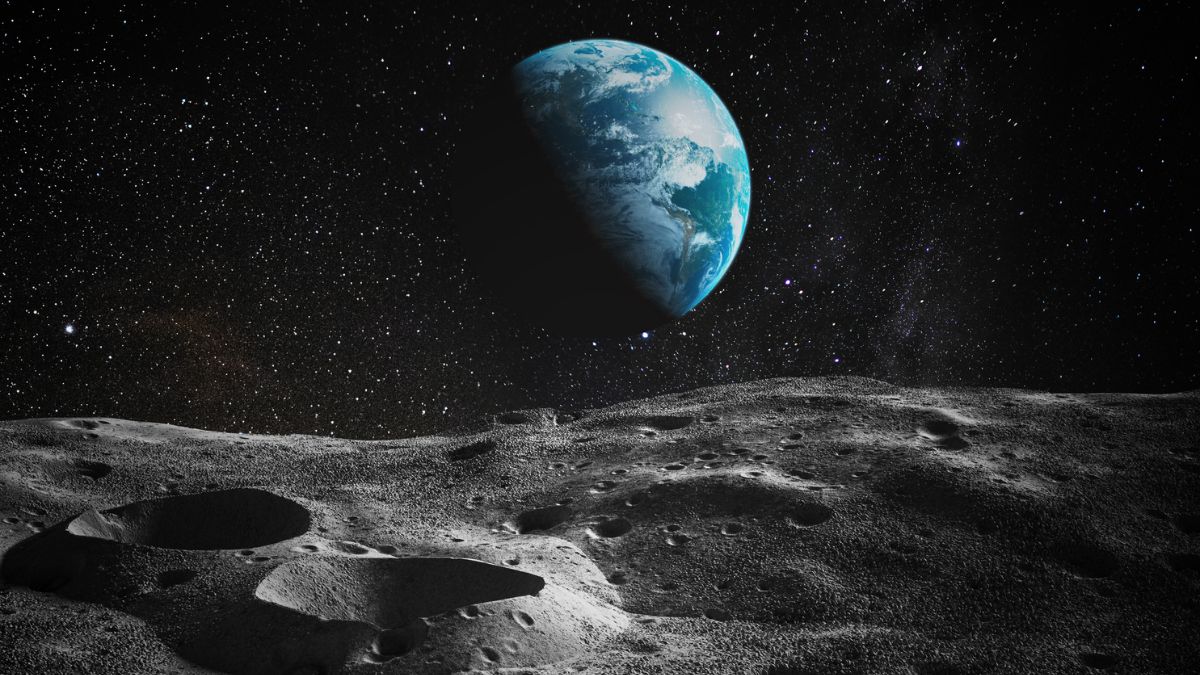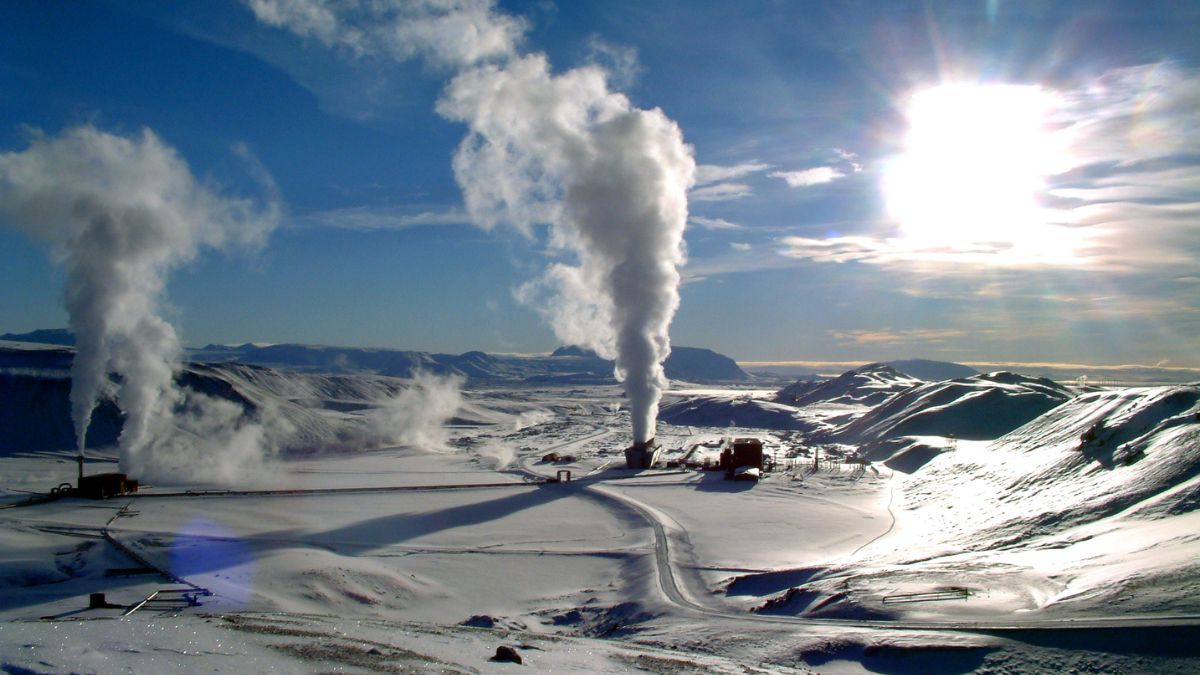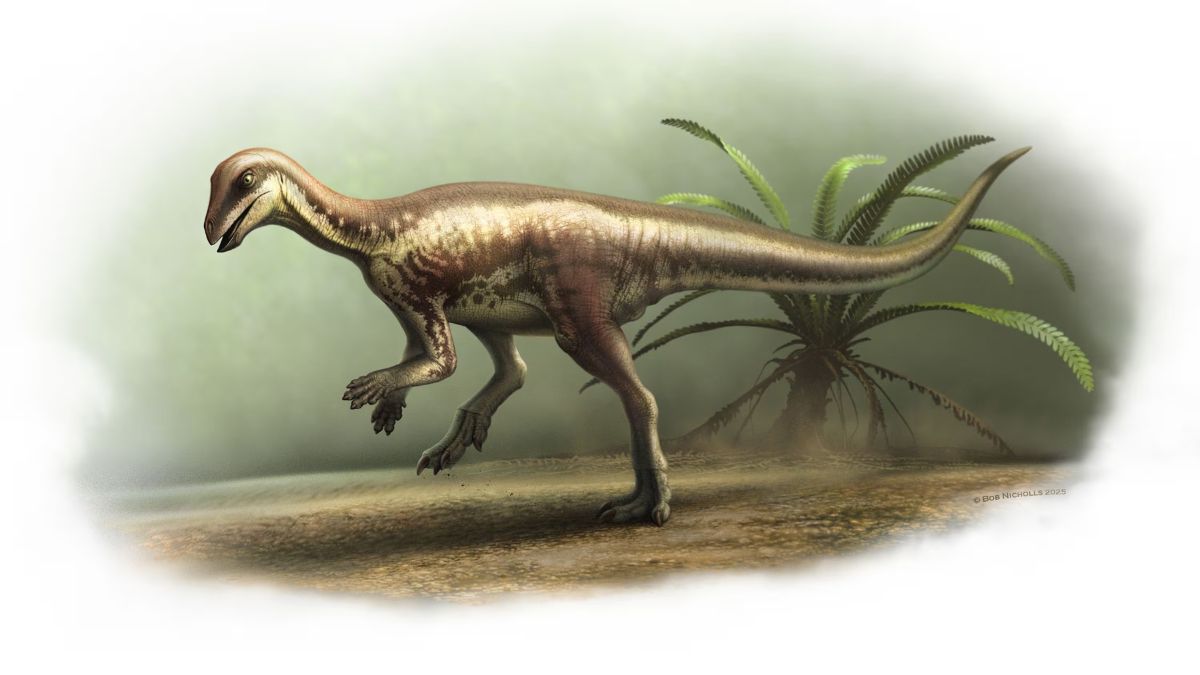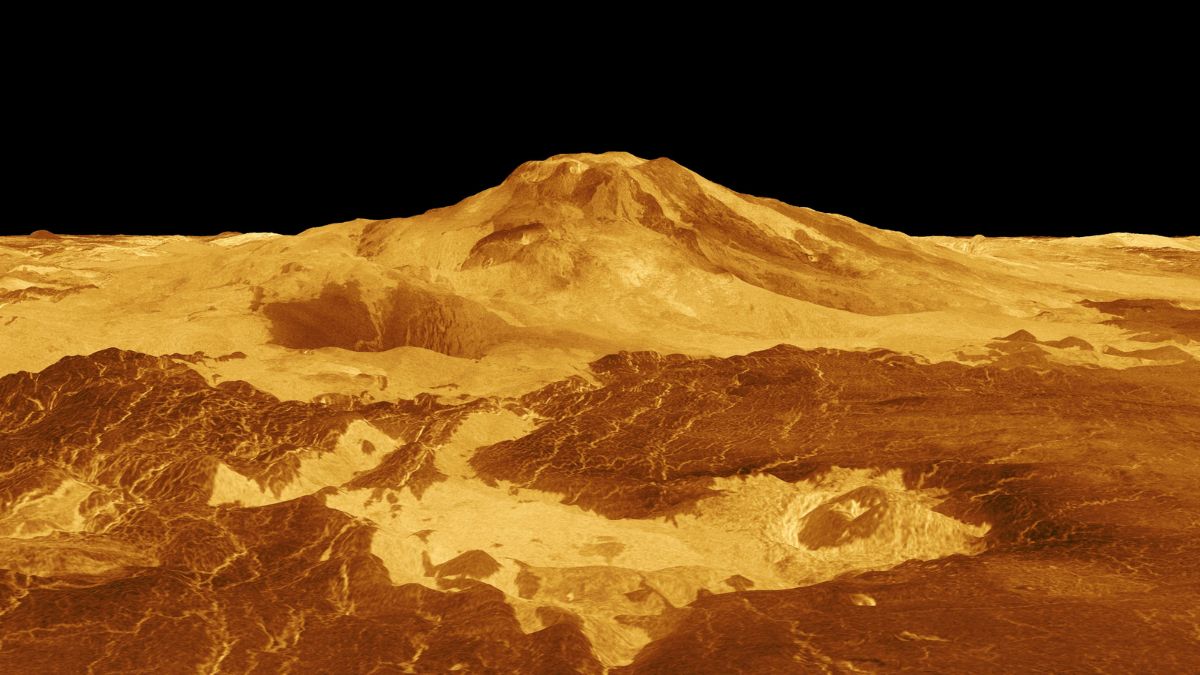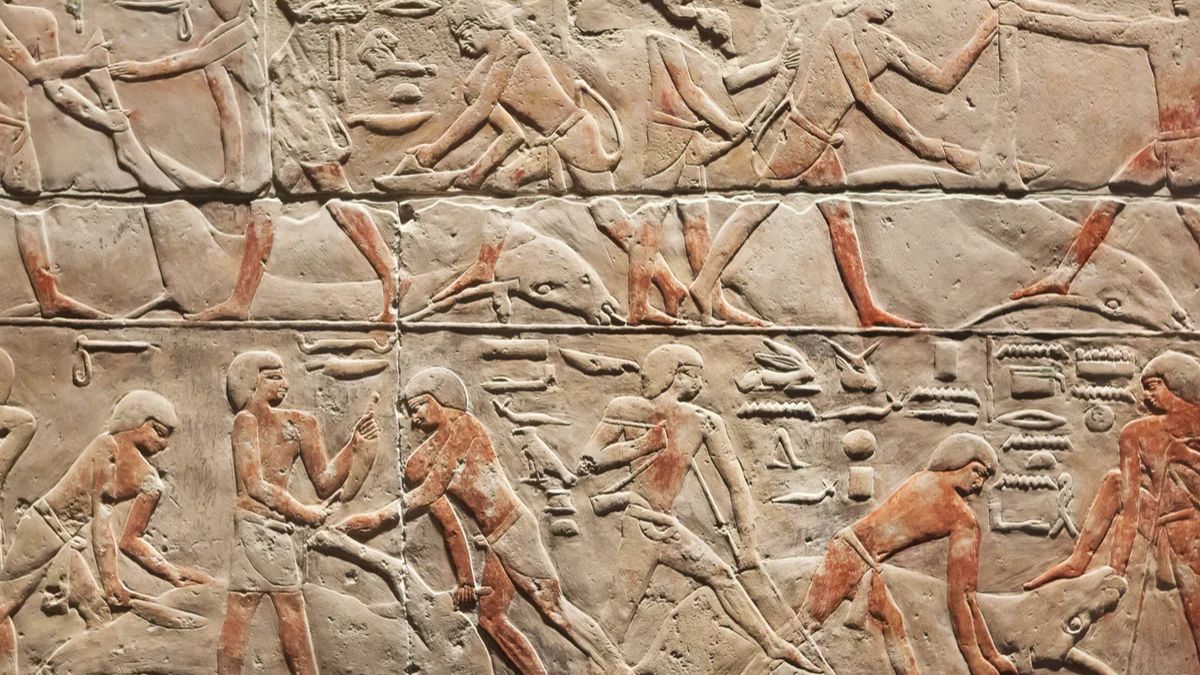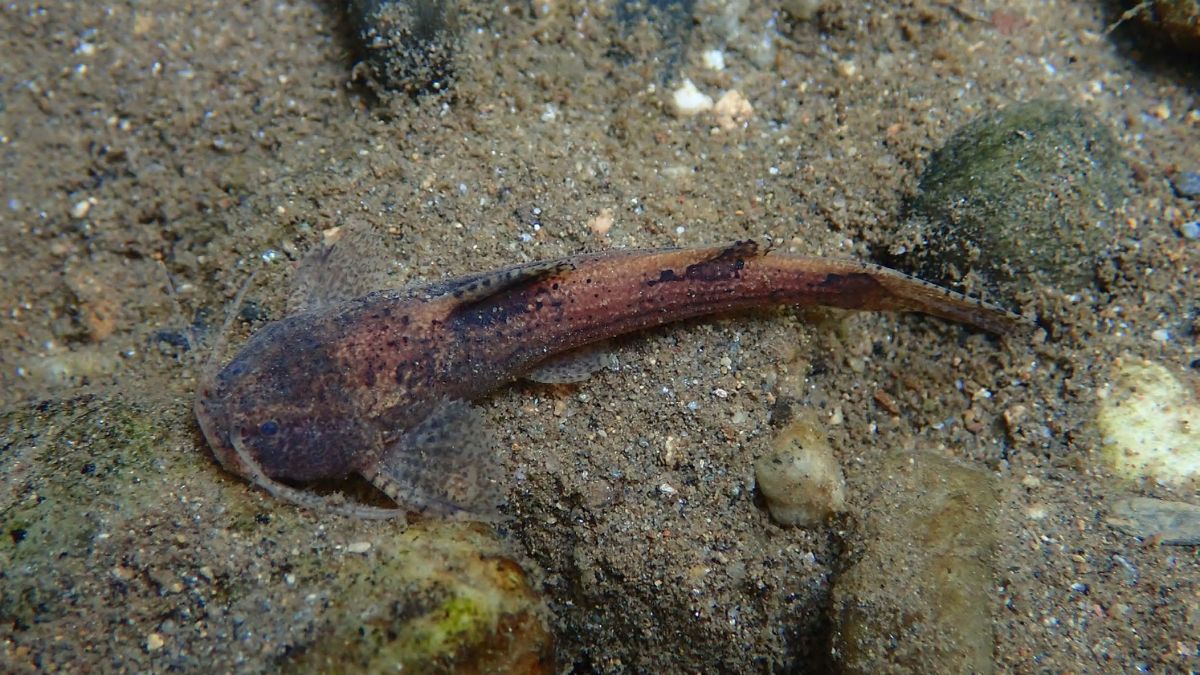NASA has just pulled off another cosmic first—directly imaging a baby planet shaping its star’s dusty surroundings! Thanks to the James Webb Space Telescope and its incredible MIRI instrument, astronomers spotted a faint glow inside a gap in a dust ring.
That glow? A newly forming planet named TWA 7 b, located just 34 light-years away in the Hydra constellation. And here’s the kicker—it’s the lightest planet ever caught through direct imaging.
This isn’t just another distant exoplanet on the list. This one could change how we understand planet formation.
Discovery
TWA 7 b is unlike any of the over 6,000 exoplanets discovered so far. Most are found indirectly—by watching a star dim as a planet passes in front or tracking wobbles caused by gravitational tugs. But TWA 7 b was observed directly. That’s a big deal.
The MIRI instrument on the James Webb Telescope used a special feature called a coronagraph, which blocks out the blinding light from the host star. That allowed astronomers to see the faint light of the planet itself—a major leap in observational power.
Timing
It wasn’t just the tech—it was also about timing. TWA 7 b happened to be sitting right in a gap in the dusty disk surrounding its star. This made it easier to spot. Its color, brightness, and position matched predictions for a young, cold planet interacting with its environment.
That perfect positioning let scientists catch a snapshot of something rare: a planet in the middle of shaping its home.
Identity
So, what exactly is TWA 7 b? Right now, astronomers estimate it’s about the mass of Saturn—roughly 100 times that of Earth. Its surface temperature is a chilly 47 degrees Celsius, which is pretty cold by space standards.
This makes it the lowest-mass planet ever spotted through direct imaging. And since it orbits a very young star—only 6.4 million years old—we’re seeing a planet during its infancy. That’s a front-row seat to planetary formation in action.
TWA 7 b isn’t just tagging along for the ride, either. Its gravity might be the reason there’s a gap in the dust ring. The planet could be carving it out as it moves, like a boat slicing through water.
TrojanDisk
Here’s where it gets even cooler. There may be something called a “Trojan disk” in this system. Never heard of it? That’s because it was only a theory—until now.
A Trojan disk is a dust accumulation trapped in the same orbit as a planet, kind of like debris following in its wake. If confirmed, TWA 7 b would be the first solid evidence that Trojan disks exist in real life, not just on computer models.
Stargazing
The host star, TWA 7—also called CE Antliae—is perfectly positioned for this kind of observation. From Earth, we see its system nearly face-on, which gives infrared telescopes like the James Webb the best view possible.
That’s partly why this discovery happened. The angle, the technology, and the dust disk all lined up just right.
Status
Now, here’s the reality check: TWA 7 b hasn’t been officially confirmed as a planet just yet. It’s not an object in our solar system, and while it doesn’t look like a distant galaxy, that possibility hasn’t been completely ruled out.
Still, the evidence leans heavily toward it being a planet—and a very special one at that.
WebbPower
This is more than just a cool image. It shows what the James Webb Space Telescope is capable of. Until now, most directly imaged exoplanets were much more massive. Webb just proved it can spot smaller ones too—planets closer in size to those in our own solar system.
That opens a whole new frontier in planetary science. Webb isn’t just peering at the oldest galaxies in the universe—it’s also zooming in on nearby star systems and watching new worlds come to life.
Snapshot
Here’s a quick summary of what we know about TWA 7 b so far:
| Topic | Details |
|---|---|
| Planet Name | TWA 7 b |
| Telescope Used | James Webb (MIRI instrument with coronagraph) |
| Distance | ~34 light-years, Hydra constellation |
| Host Star | TWA 7 (aka CE Antliae), ~6.4 million years old |
| Planet’s Mass | Similar to Saturn (~100× Earth) |
| Temperature | 47 °C |
| Dust Disk Impact | May be shaping the disk with gravity |
| Trojan Disk | Possible first evidence of its existence |
| Observation Angle | Almost face-on, ideal for infrared studies |
| Confirmation | Awaiting final confirmation as a planet |
TWA 7 b is more than just another planet on NASA’s long list of discoveries—it’s a cosmic baby caught in the act of sculpting its own environment. And thanks to James Webb, we’re able to witness that moment for the first time in human history.
FAQs
What is TWA 7 b?
A young exoplanet possibly forming in a dust disk.
How was TWA 7 b discovered?
Through direct imaging using JWST’s MIRI and coronagraph.
Where is TWA 7 b located?
In the Hydra constellation, 34 light-years from Earth.
What is a Trojan disk?
A dust ring sharing a planet’s orbit, possibly seen here.
Is TWA 7 b confirmed?
Not yet, but it’s likely a planet, not a galaxy.

